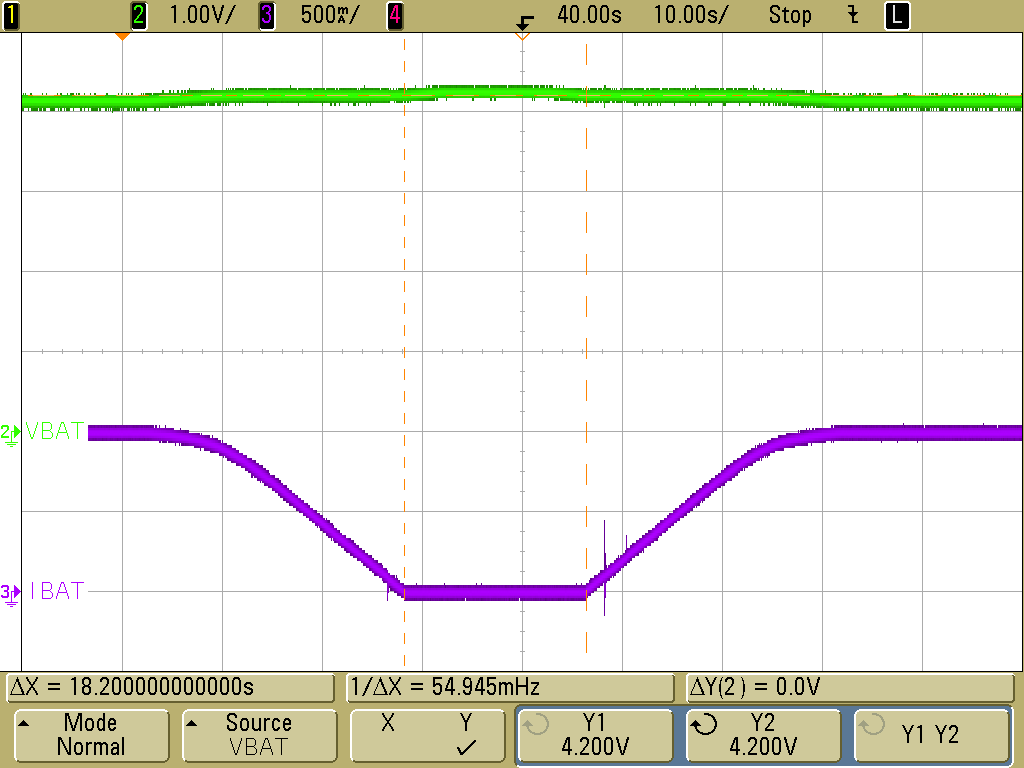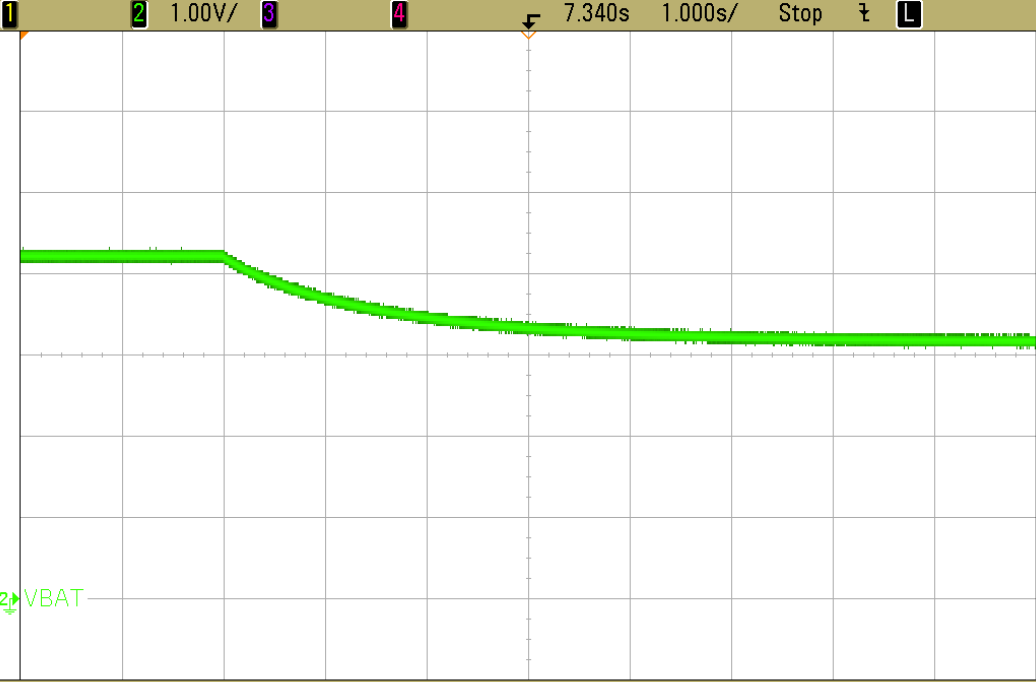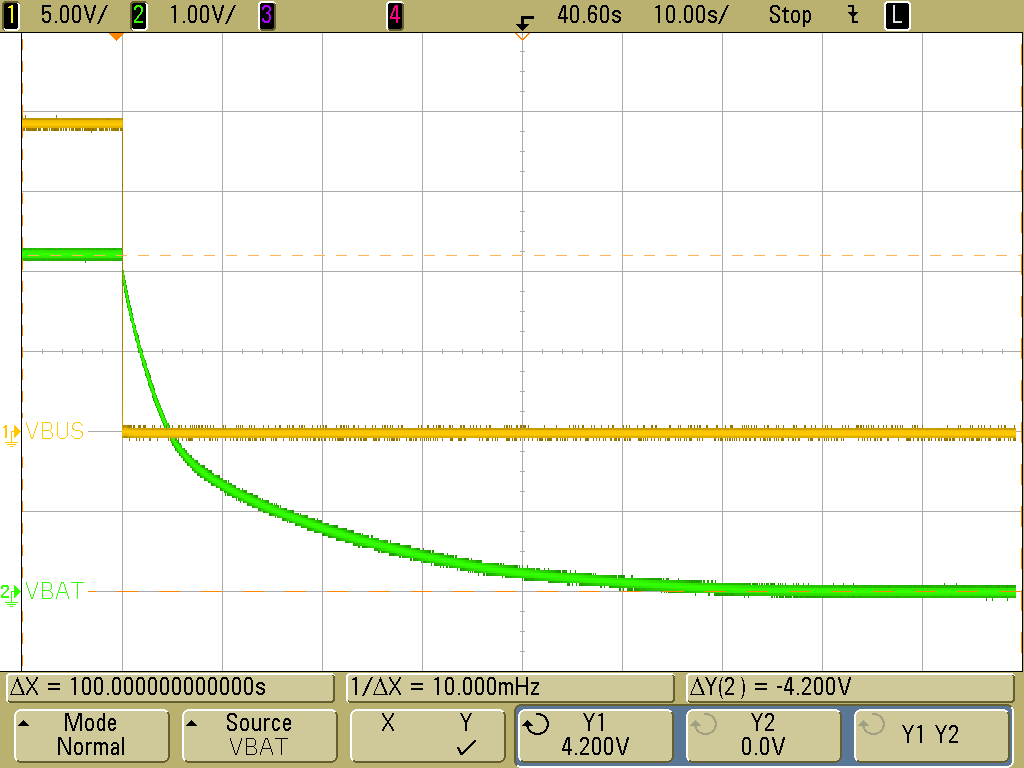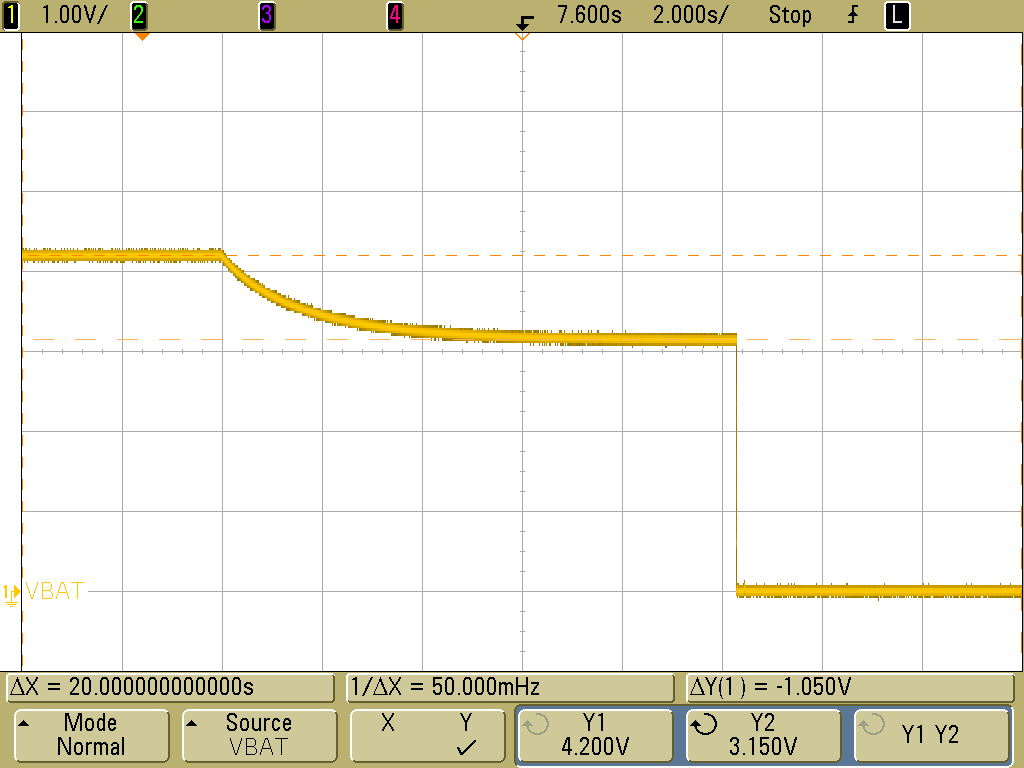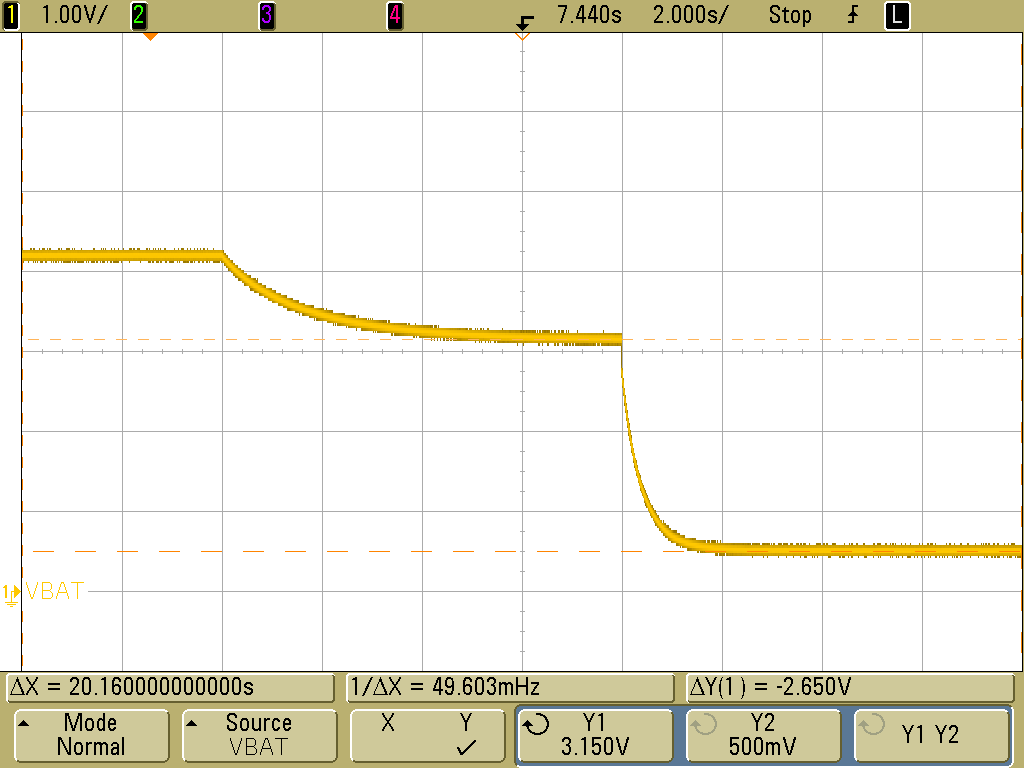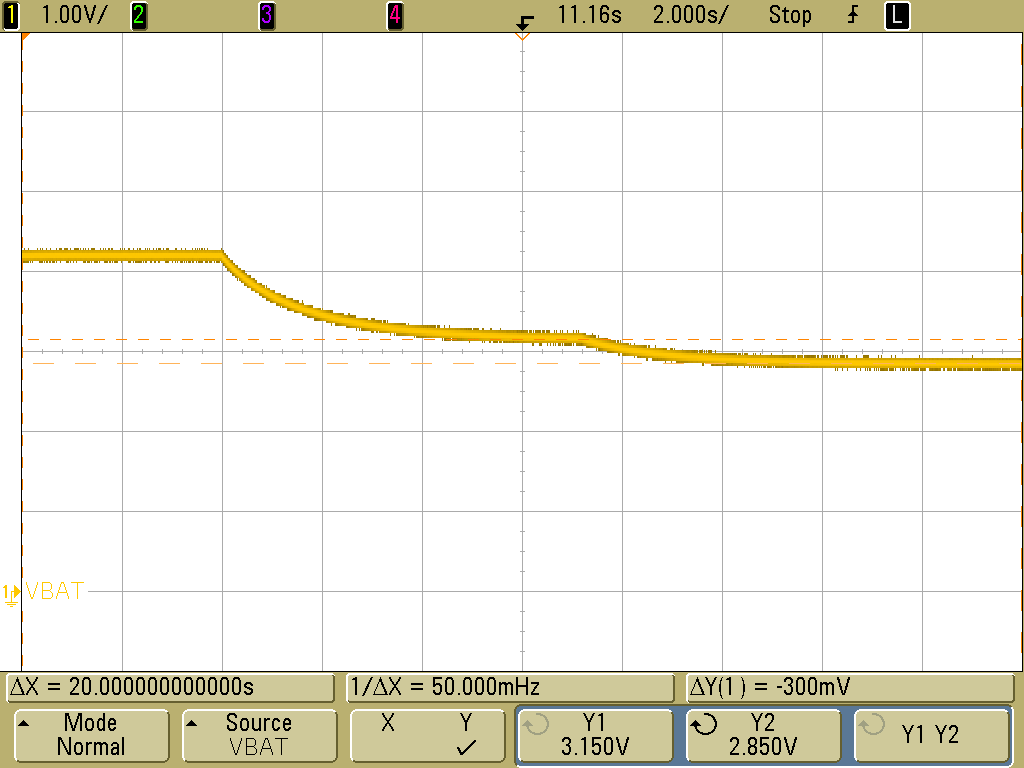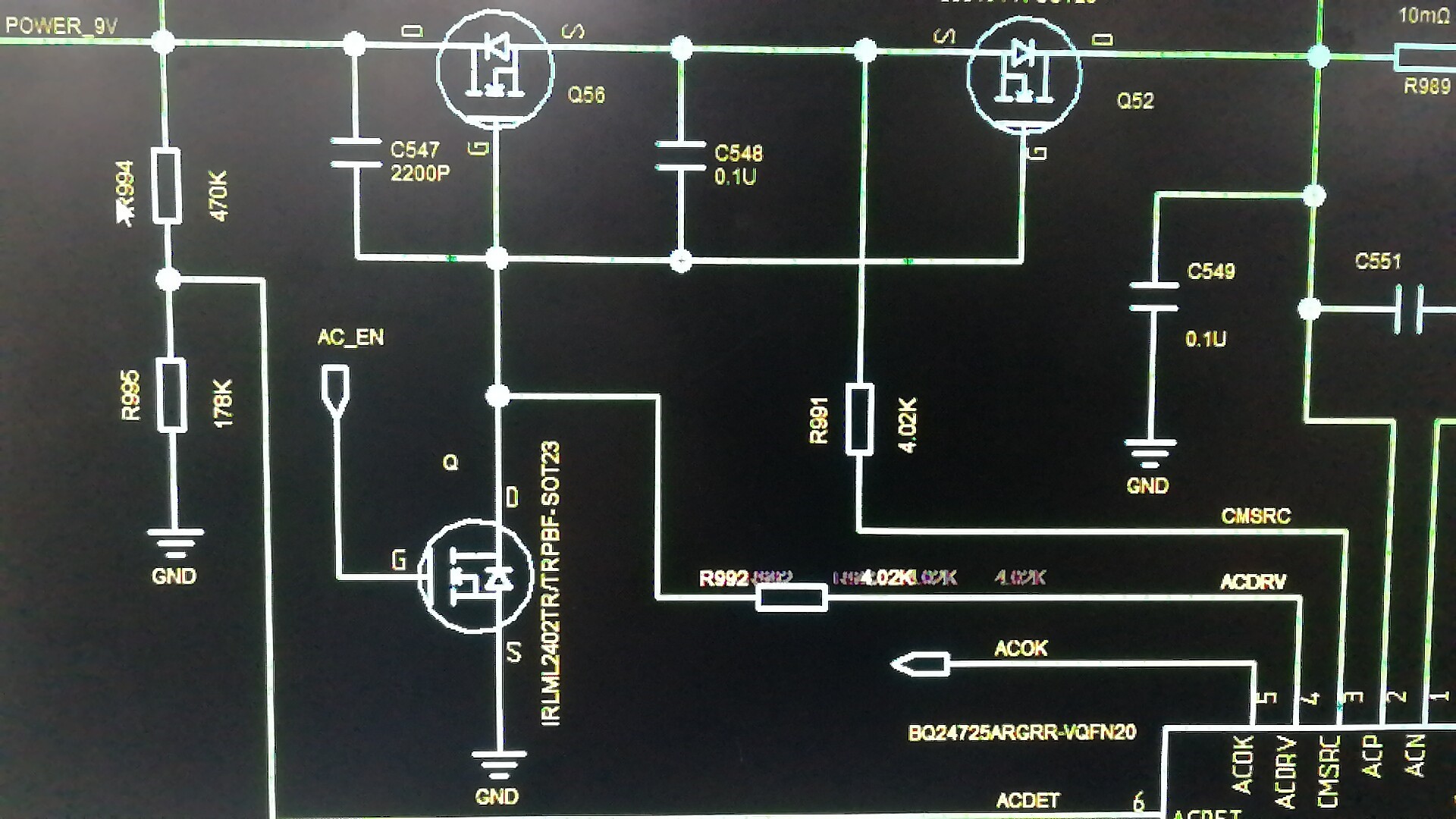Other Parts Discussed in Thread: BQ25895
Hi,
I need to achieve the function:
when adaptor connected, the system is powered only through battery, and draws no current from adaptor.
How can I achieve it?
Can I set the input current register to 0x00 to achieve it?


